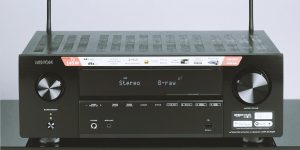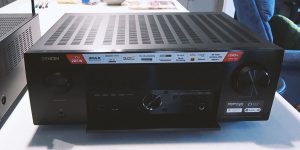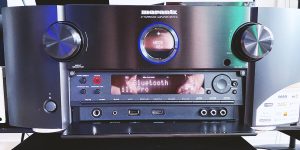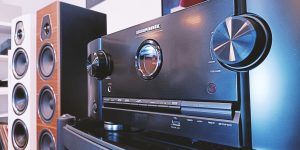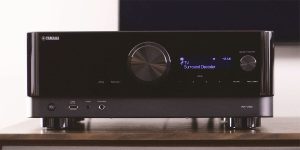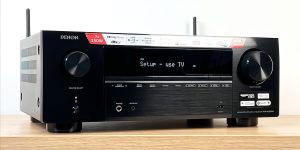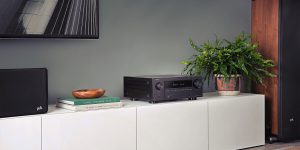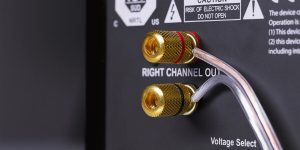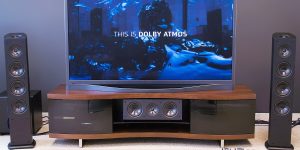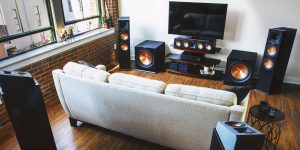The subwoofer is the only audio appliance capable of handling your music’s low frequencies to make them sound irresistible in your “home orchestra”. So adding it to your existing audio system is not a big deal and is not even a high cost. Still, it’s of some tricks depending on the type of your subwoofer and receiver model.
I dedicated this article completely to the question of how to connect a subwoofer to the receiver without subwoofer output. Here I will answer all your questions and share my insights and secrets.
Subwoofer connection options
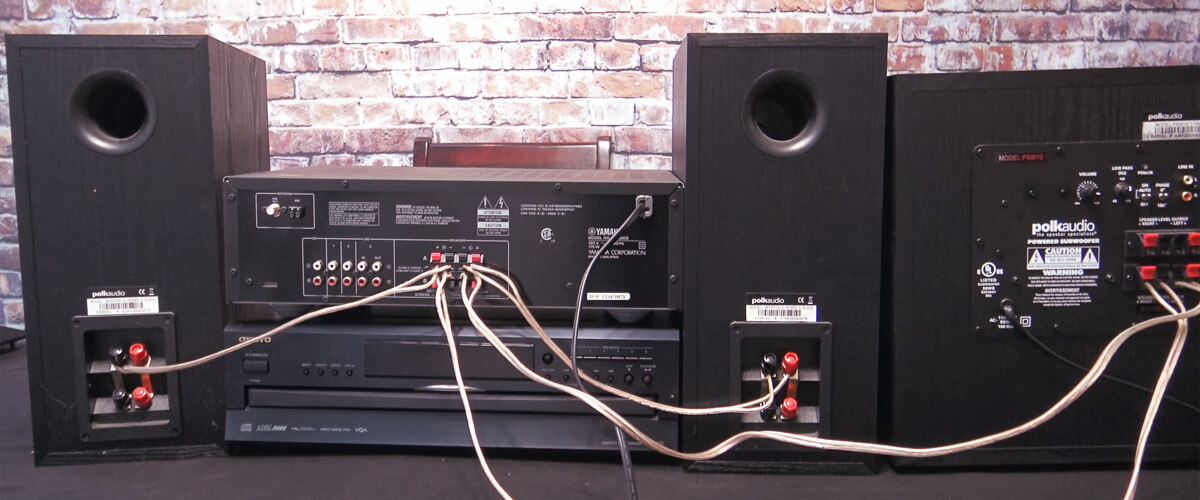
So, you have a subwoofer but cannot find any output on your receiver. “I was fooled, and they sold me the broken device,” – you might think first. Well, the truth is, receivers don’t have any specific outs for subs most often, so other connection types are used. The most popular types of subwoofer connections are:
Speaker-level input connections
The input connections for a subwoofer can vary depending on the specific model and manufacturer. However, there are two common types of input connections for subwoofers: line-level inputs and speaker-level inputs.
- Line-level inputs: These are typically RCA or 3.5mm (auxiliary) inputs and are the most common to connect a subwoofer to a receiver. Line-level inputs are designed to receive a low-level signal from a preamplifier, audio receiver, or a dedicated subwoofer output on an AV receiver. They usually have a left and right input, and you would connect the corresponding outputs from your audio source or receiver to the subwoofer’s line-level inputs.
- Speaker-level inputs: Some subwoofers provide speaker-level inputs, which allow you to connect them directly to your amplifier or receiver’s speaker outputs. To connect using speaker-level inputs, you would run a speaker wire from the amplifier or receiver’s speaker outputs to the corresponding speaker-level inputs on the subwoofer. This allows the subwoofer to receive the full range of audio signals and extract the low-frequency content.
Also note that some subwoofers may have both line-level and speaker-level inputs, so you can choose between the two. I also recommend using wireless connectivity options available in many subwoofers, such as Bluetooth or Wi-Fi. This eliminates the need for physical connections.
Preamp and Zone 2 output connections
This is another popular way to hook up a subwoofer to a receiver. When connecting a subwoofer to a preamp or Zone 2 output, here are a couple of scenarios:
| Preamp with dedicated subwoofer output | Zone 2 output with full-range signal |
|---|---|
| If your preamp has a dedicated subwoofer output, typically labeled as “Sub Out” or “LFE Out,” you can connect the subwoofer using a single RCA cable. Follow these steps: | f you are using the Zone 2 output of your amplifier or receiver to power another set of speakers and you want to include a subwoofer in that zone, you can connect the subwoofer using speaker-level inputs. Here’s how: |
| a. Locate the dedicated subwoofer output on your preamp. It may be a dedicated RCA jack or a single RCA output labeled specifically for the subwoofer. | a. Connect your main speakers to the Zone 2 speaker outputs of your amplifier or receiver. |
| b. Connect one end of the RCA cable to the subwoofer output on your preamp. | b. Run speaker wire from the Zone 2 speaker outputs to the speaker-level inputs on your subwoofer. |
| c. Connect the other end of the RCA cable to the input on your subwoofer labeled “Line-In” or “LFE In.” Make sure it’s the appropriate input designated for the subwoofer connection. | c. These inputs are typically labeled “Speaker In” or “High-Level In.” Connect the positive (+) and negative (-) terminals of the speaker wire to the corresponding terminals on the subwoofer. |
| d. Adjust the subwoofer’s settings, such as volume and crossover, to match your preferences and the capabilities of your audio system. | d. Adjust the subwoofer’s settings, such as volume and crossover, to match your preferences and the capabilities of your audio system. |
| This connection will allow the preamp to send the low-frequency content (typically below 120Hz) to the subwoofer for reproduction. | In this configuration, the full-range audio signal from the Zone 2 output is sent to both the main speakers and the subwoofer. The subwoofer will reproduce the low-frequency content while the main speakers handle the midrange and treble frequencies. |
I also recommend consulting the user manual or documentation for your specific preamp, amplifier, receiver, and subwoofer to ensure you connected everything correctly.
Line-level adapters and external devices
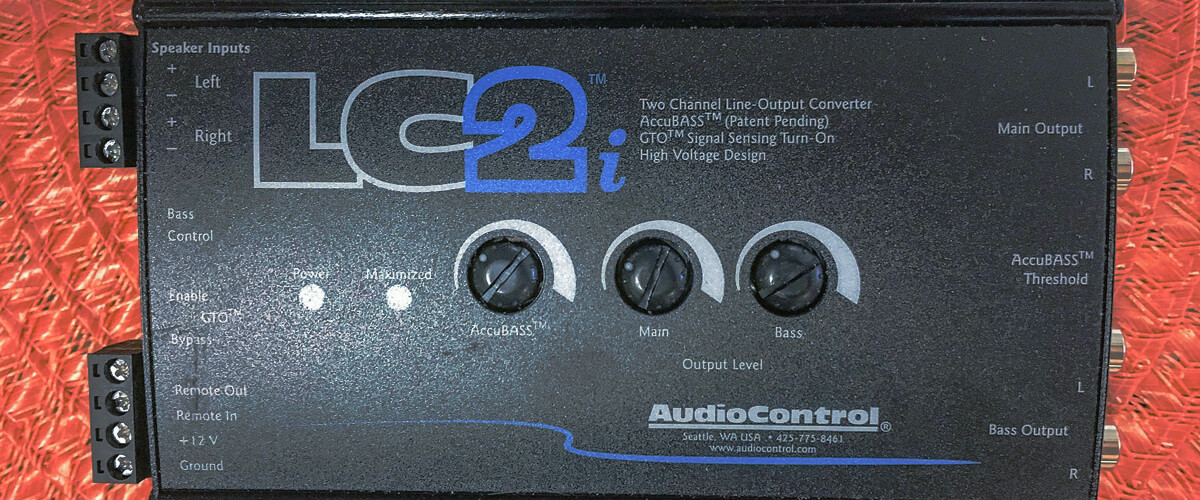
You can also use line-level adapters or external devices to establish the connection between your subwoofer and receiver. Here’s how you can do it:
| Line-Level Adapters | External Devices |
|---|---|
|
|
Using line-level adapters or external devices, you can convert the speaker-level signal into a line-level signal that the subwoofer can accept through line-level inputs. This method allows you to connect a subwoofer even if your audio system or receiver lacks dedicated subwoofer outputs.
Still, whatever your expertise in the subject is, I strongly recommend consulting the user manual or documentation for your specific line-level adapter, external device, and subwoofer. It will help you understand the adjustments required for proper integration into your audio setup and thus avoid any possible issues with your subwoofers and the rest of your audio equipment.
We are supported by our audience. When you purchase through links on our site, we may earn an affiliate commission at no extra cost to you.
Our newsletter
* We will never send you spam or share your email with third parties

![Best Stereo Receivers [Reviewed and Tested]](https://mediapro-av.com/wp-content/uploads/2024/01/best-stereo-receiver-300x150.jpg)

